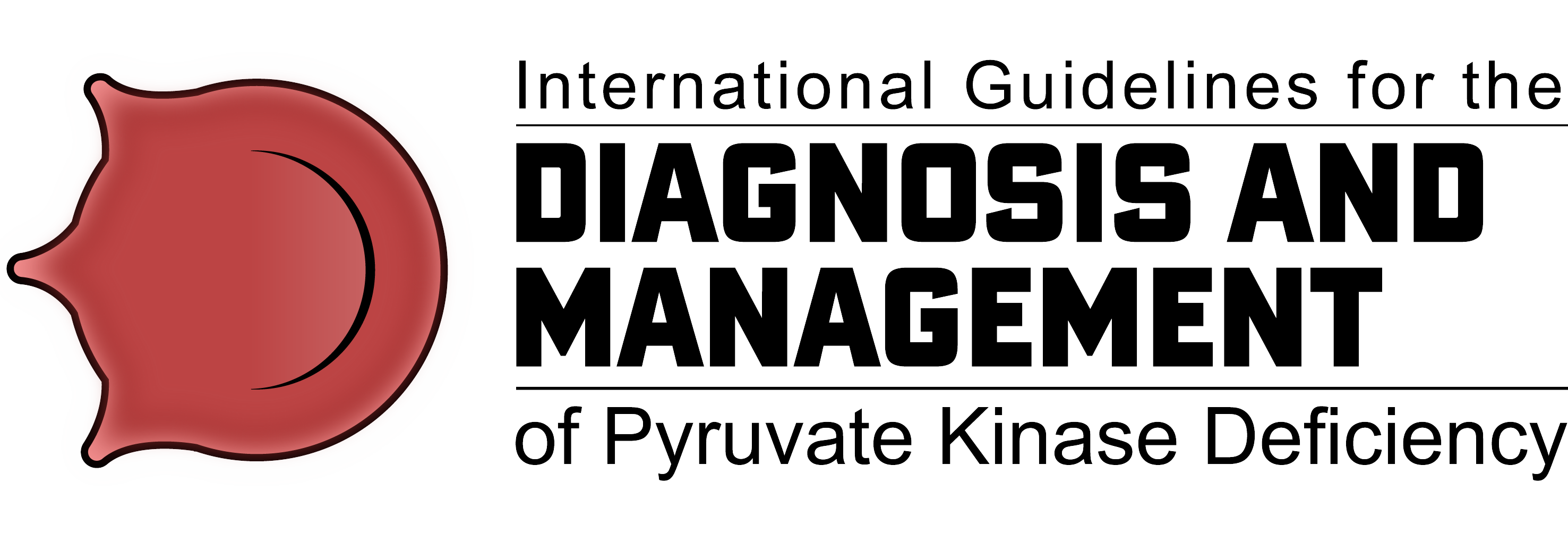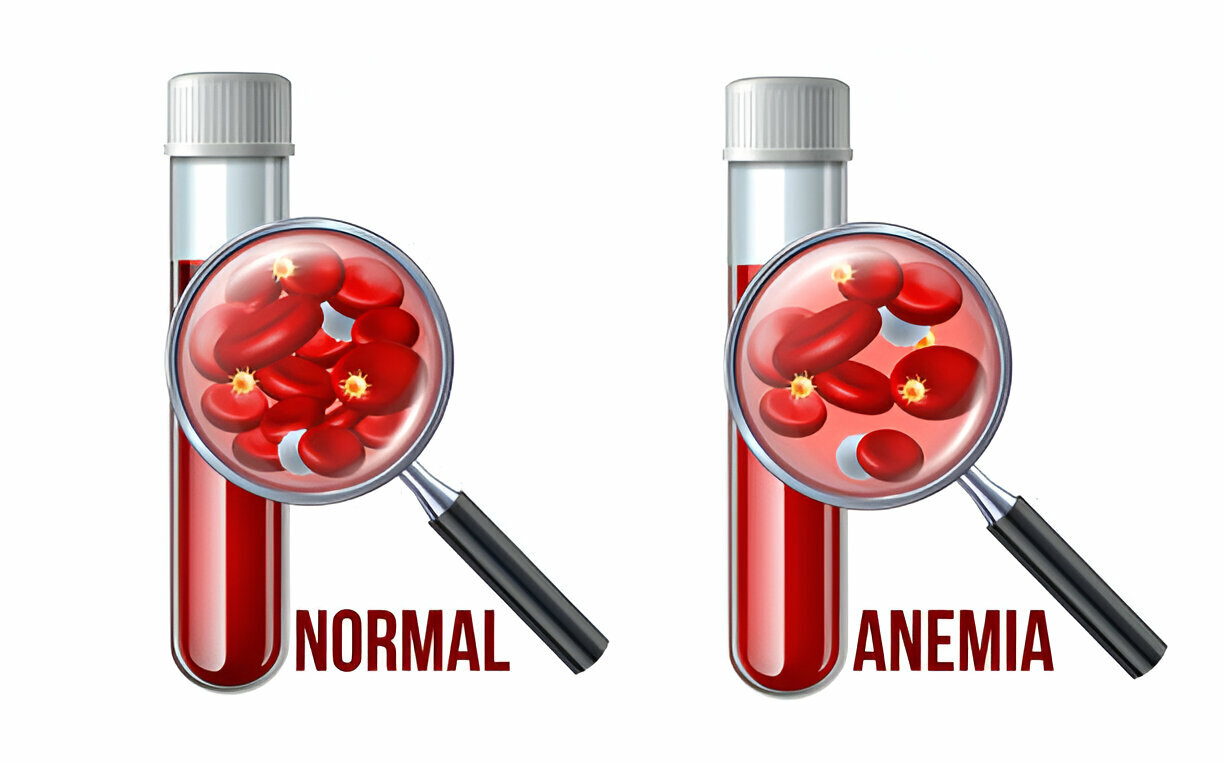Anemia affects millions worldwide, reducing the body’s ability to carry oxygen efficiently. Pyruvate kinase deficiency (PKD), a rare and inherited form of anemia, significantly impacts children. Recognizing the symptoms early ensures timely care and improves outcomes. This blog explains anemia’s signs, impact, and how PKD affects children’s health.
What Is Anemia?
Anemia occurs when the blood lacks enough healthy red blood cells to carry oxygen. These cells are crucial for supplying oxygen to tissues. Without them, the body struggles to function properly.
There are several types of anemia, each with unique causes. Iron deficiency anemia is the most common due to poor diet or blood loss. Less common types, like pyruvate kinase deficiency, are genetic and require specialized care. Understanding the type of anemia is essential for proper treatment. Symptoms and severity can vary, but all forms affect energy levels and overall health.
Common Signs and Symptoms of Anemia
The signs of anemia often develop gradually. Fatigue is one of the earliest and most noticeable symptoms. People with anemia feel constantly tired, even after resting. Weakness and pale skin are also common indicators. Shortness of breath during light activities can be a sign, as can dizziness or lightheadedness. Severe anemia may cause chest pain or an irregular heartbeat.
Children with anemia often show different signs. They may appear unusually tired, irritable, or uninterested in activities they once enjoyed. Slower growth and delayed development are warning signs in young children. It’s important to act if these symptoms appear. Early diagnosis ensures better management of anemia and its underlying causes.
Understanding Pyruvate Kinase Deficiency
Pyruvate kinase deficiency (PKD) is a rare, inherited condition. It disrupts red blood cells’ ability to produce energy. This leads to their premature breakdown, causing anemia.
PKD anemia is most common in children. It’s caused by a PKLR gene mutation inherited from both parents. Symptoms often appear shortly after birth. Babies may show jaundice, with yellowed skin or eyes. Their urine may be darker than normal.
As children grow, other symptoms emerge. Chronic fatigue is common, along with an enlarged spleen. Infections may occur more frequently. PKD could be a factor if a child’s growth and development seem delayed. Family history plays a significant role in PKD risk. Genetic testing can confirm a diagnosis. Early detection allows parents to plan appropriate care.
How PKD Affects Children’s Health
Pyruvate kinase deficiency anemia symptoms create unique challenges for children. Their red blood cells break down faster than their bodies can replace them. This leads to chronic fatigue and low energy levels. An enlarged spleen is a common complication. The spleen filters damaged red blood cells, but in PKD, it works overtime. This can cause abdominal discomfort and, in some cases, require surgical removal.
Children with PKD also have weaker immune systems. They are more prone to infections, making routine vaccinations vital. Proper nutrition and regular check-ups help minimize health risks.
Some children require blood transfusions to manage severe anemia. Others benefit from medications that support red blood cell production. Treatment varies depending on the severity of the condition. Despite these challenges, many children with PKD lead fulfilling lives. They can participate in school, sports, and social activities with the right care.
Diagnosing Anemia in Children
Diagnosing anemia involves a series of blood tests. These tests measure hemoglobin levels and red blood cell count. For PKD, genetic testing is also essential.
Doctors often start by evaluating symptoms. Fatigue, pale skin, and developmental delays raise red flags. Family history is another critical factor in identifying PKD. Once a diagnosis is confirmed, treatment focuses on managing symptoms and preventing complications. Early intervention improves outcomes, especially for children with PKD.
Treatment Options for Anemia
The treatment for anemia depends on its cause. For iron deficiency anemia, iron supplements and dietary changes are common. Foods like spinach, red meat, and beans boost iron levels. Vitamin C enhances iron absorption, so including fruits like oranges is helpful. For PKD anemia, treatment is more complex. Folic acid supplements support red blood cell production. Blood transfusions may be necessary in severe cases.
Some children benefit from a bone marrow transplant. This procedure replaces faulty bone marrow with healthy cells. However, it’s reserved for the most severe cases due to its risks. Hydration and avoiding infections are crucial for managing PKD. Parents should ensure their child drinks plenty of fluids and maintain good hygiene. Regular medical check-ups help monitor the condition.
Supporting Parents of Children with PKD
Parents of children health with PKD anemia can be overwhelming. The constant need for medical care and monitoring is challenging. Support systems are essential for coping. Joining support groups can provide emotional relief. Sharing experiences with other parents helps navigate the journey. These groups also offer practical advice for managing the condition.
Parents need to stay informed. Understanding PKD helps in making better care decisions. Regular communication with healthcare providers ensures effective management. Parents must also prioritize their well-being. Self-care improves their ability to care for their child. Building a strong support network makes handling PKD more manageable.
Preventing Complications
Preventing complications in children with anemia is a priority. Regular health check-ups play a vital role. These visits help track growth and development while identifying potential issues early. Nutrition is critical. A balanced diet supports overall health and boosts energy levels. Parents should encourage foods rich in iron, folic acid, and vitamins.
Vaccinations protect against infections, which are more common in children with anemia. Following a doctor’s advice on immunizations reduces health risks. Maintaining an active lifestyle is also beneficial. Light physical activity improves circulation and overall well-being. However, it’s important not to overexert children with anemia. Parents can ensure their child’s condition remains controlled by staying proactive.
Living with PKD: A Positive Outlook
Children with PKD can live fulfilling lives with proper care. Medical advancements continue to improve treatment options. Early diagnosis and consistent care are the keys to success. Parents should focus on their child’s strengths. Encouraging hobbies and social activities builds confidence. Education about PKD helps children understand their condition and advocate for their needs. With support, children with PKD can achieve their goals. A positive outlook makes all the difference.
Conclusion
Anemia, especially pyruvate kinase deficiency, can significantly impact children’s health. Recognizing symptoms early and seeking timely medical care are critical. Parents play a vital role in managing the condition. With proper support and treatment, children with PKD can thrive. Always consult a healthcare professional if symptoms arise. Early action ensures better outcomes and brighter futures.

